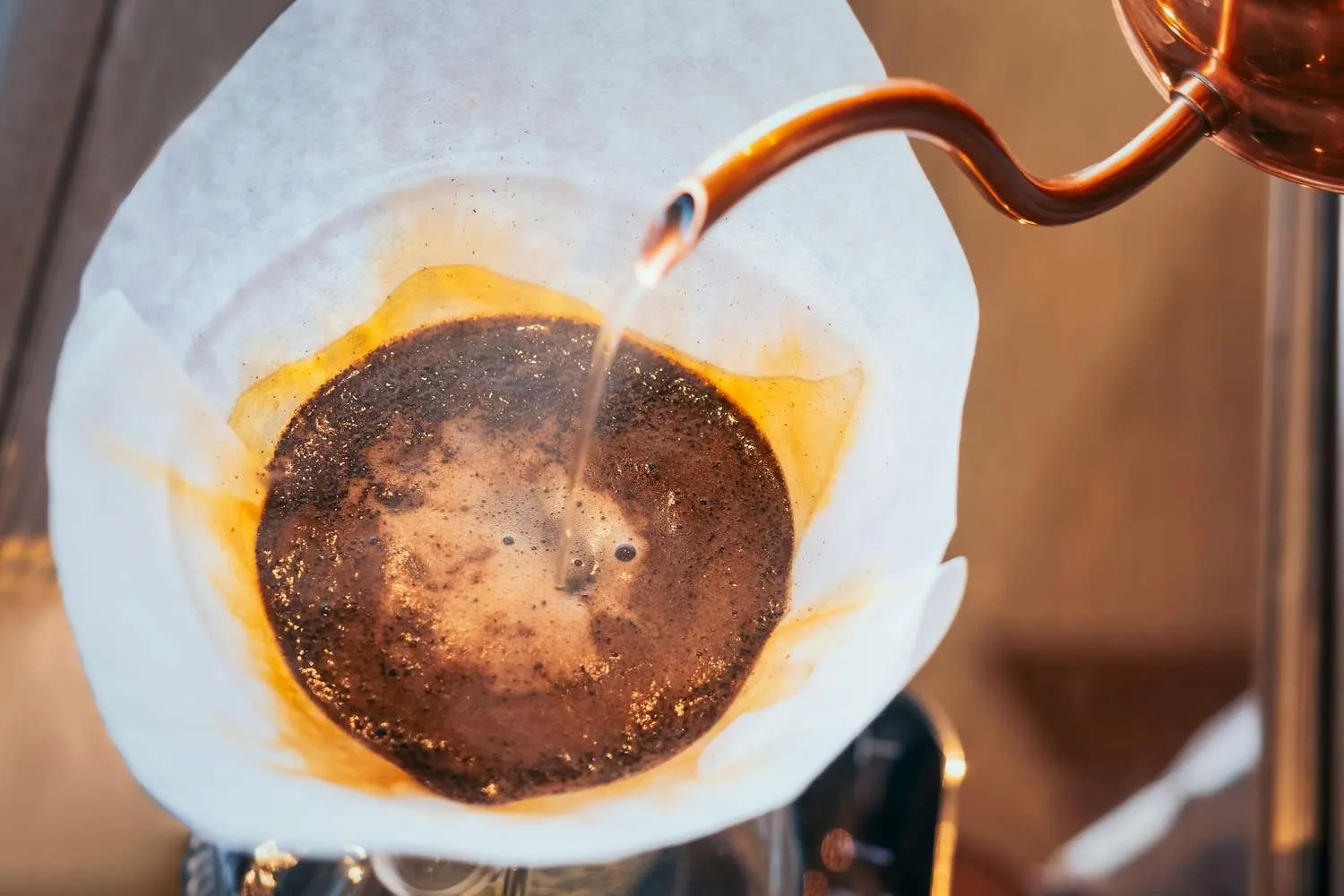
- Scientists are finding that spent coffee grounds — the waste remaining after brewing — can reinforce concrete and reduce landfill waste.
- When transformed into a carbon-rich “biochar,” the grounds make cement up to 30% stronger while providing an eco-friendly way to reduce sand mining and greenhouse gas emissions.
- Research also shows that just drying and milling the grounds, without turning them into biochar, can still boost mortar strength by about 12%.
Coffee really does seem to have a lot of power. According to science, it can do everything from reducing inflammation to improving mental alertness and even helping beneficial gut bacteria grow. Now, researchers are discovering another amazing caffeinated superpower: coffee waste could make the cement used in building materials even stronger.
Over the past few years, several studies have indicated that spent coffee grounds — the material left after making your morning cup — could make for excellent building material. Using up this waste might be crucial, as estimates suggest we discard about 60 million tons of spent coffee grounds into landfills each year. And that’s harmful to the environment. According to one study“The disposal of spent coffee grounds in landfills is not safe, as with most organic waste, because the risk of spontaneous combustion is quite high and, in addition, excessive production of harmful methane and carbon dioxide can occur, which contribute to overall air pollution.”
The grounds could have a rather significant impact. ScienceAlert recently highlighted a study by Australian engineers that showed these grounds could make concrete up to 30% stronger.
In the study published in the Journal of Cleaner Production, the team explained their process of “pyrolyzing,” which involves breaking down organic material at high temperatures while depriving it of oxygen. This process turns the grounds into a material called “biochar,” which is both carbon-rich and porous, allowing it to easily mix with the other ingredients used in cement.
“The ongoing extraction of natural sand around the world — typically taken from river beds and banks — to meet the rapidly growing demands of the construction industry has a big impact on the environment,” Professor Jie Li, the team leader on the project, shared in a statement. “There are critical and long-lasting challenges in maintaining a sustainable supply of sand due to the finite nature of resources and the environmental impacts of sand mining … With a circular-economy approach, we could keep organic waste out of landfill and also better preserve our natural resources like sand.”
This isn’t the only study showing coffee’s potential impact. Researchers from Malaysia advanced the idea of using spent coffee grounds further to determine whether they could bypass the need to turn the grounds into biochar altogether.
They tested using varying amounts of cleaned, dried, and finely milled used grounds, which were mixed directly into typical cement mortar, and allowed the samples to cure for up to 10 weeks. The team found that the optimal mixture contained about 1.1% spent coffee grounds and was cured for 68 days, resulting in mortar approximately 12.6% stronger under compression than mortar made without coffee. However, the team observed that adding more grounds did not increase the strength; once the coffee content reached about 3%, the material’s strength began to decline.
However, the work isn’t done quite yet. The 2023 study team said their next steps are to develop “practical implementation strategies and work toward field trials.” They also noted that they are “keen to collaborate with various industries to develop their research,” so if you own a coffee shop or a construction firm, they’d likely love to hear from you.
Disclaimer: This news article has been republished exactly as it appeared on its original source, without any modification.
We do not take any responsibility for its content, which remains solely the responsibility of the original publisher.
Author: Stacey Leasca
Published on: 2025-10-26 16:31:00
Source: www.foodandwine.com
Disclaimer: This news article has been republished exactly as it appeared on its original source, without any modification.
We do not take any responsibility for its content, which remains solely the responsibility of the original publisher.
Author: uaetodaynews
Published on: 2025-10-26 13:54:00
Source: uaetodaynews.com
